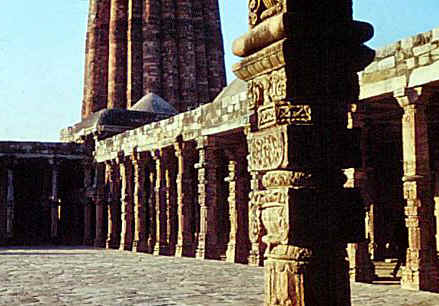
|

|
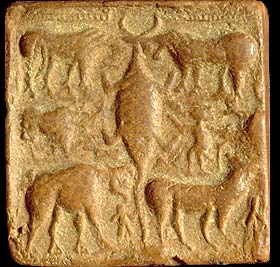
|
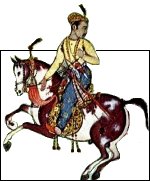
|

|
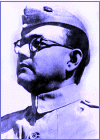
|
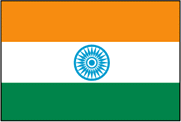
|
The Muslims and the Moghul Empire
First Conquests
The Sultanate of Delhi
The Mughal Era

| Muhammad of Gaur
First Conquest: 1192 CE |
| Muhammad of Gaur successfully invaded India in 1192, the first in a series of Muslim
conquests. He overthrew the existing feudal Rajput rulers and established his own empire with his
capital in Delhi. Eventually, his empire covered most of Northern and Central India.
Muhammad of Gaur and his successors tried to establish the religion of Islam in India. They built many lavish buildings and temples to mark their dominance, including the Qutab Minar which was finished in 1231 CE. |

| Muhammad bin Tughlaq
The Sultanate of Delhi: 1325 CE to 1526 CE |
| Muhammad bin Tughlaq took power in 1325, During his reign, the Sultanate of Delhi expanded to its greatest size, covering the
entire subcontinent and extending through the Middle East. It was around this time that India first maintained a standing army.
Muhammad bin Tughlaq also reintroduced the idea of taxation and representative coins: brass or
copper coins represented gold or silver and matched their value. However, this innovation did not last.
A series of poor rulers followed the death of Muhammad bin Tughlaq. There was much violence and corruption in the government. An independent kingdom called Vijayanagar was formed in the south to limit the spread of Islam. Invaders from rival empires began to challenge the Sultanate of Delhi. By 1526, after a period of steady decline, the last Sultan of Delhi was defeated by Babar of the Mughal empire. |

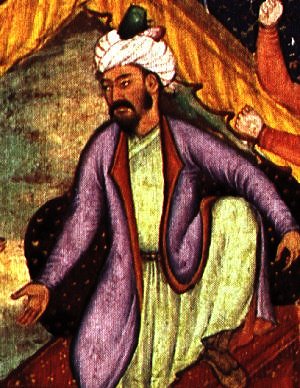
Emperor Babur from a Mughal miniature painting Copyright K.L. Kamat (http://www.kamat.com) |
| The Mughal Empire
Expansion from Babur to Akbar: 1526 to 1605 |
| Babur began his conquests in Central Asia and the Middle East, eventually reaching India in 1511. Although he was unable to hold power for very long, he returned to India in 1525 and overthrew the Sultan of Delhi. Babur made use of the political turmoil and the tension between the nobles and the Sultan to strengthen his own position. He also defeated the remaining Rajputs, the princely states, and the Afghan chiefs. Babur's final capital was in Agra. After his death in 1530, his son Humayun took over as ruler. |
| Humayun's son, Akbar, was the greatest of the Mughal kings. In 1561, Akbar took control of the
government and expanded it to include Kashmir, Kandesh, Orissa, Sindh, and even Kabul and Kandhahar in
the Middle East. Akbar was a very open-minded ruler regarding established religion and the interaction of different
groups within his empire. He was Muslim, but insisted on the commonalities between all religious
creeds. Akbar laid groundwork for years of peace and cooperation between Hindus and Muslims. He even tried
to create a new religion called Din-i-Ilahi that incorporated ideas from Islam, Hinduism, and tribal beliefs. Akbar also ended
the Hindu-only tax.
By Akbar's death in 1605, Europe had begun to establish trade posts and factories in India, hinting at the beginning of the Colonial era. |

Itihaas.com (http://www.itihaas.com) for a clear history of medieval India
Erin Pembrey Swan (author of "India: Enchantment of the World") for organizational inspiration.
